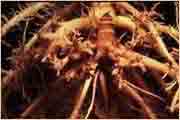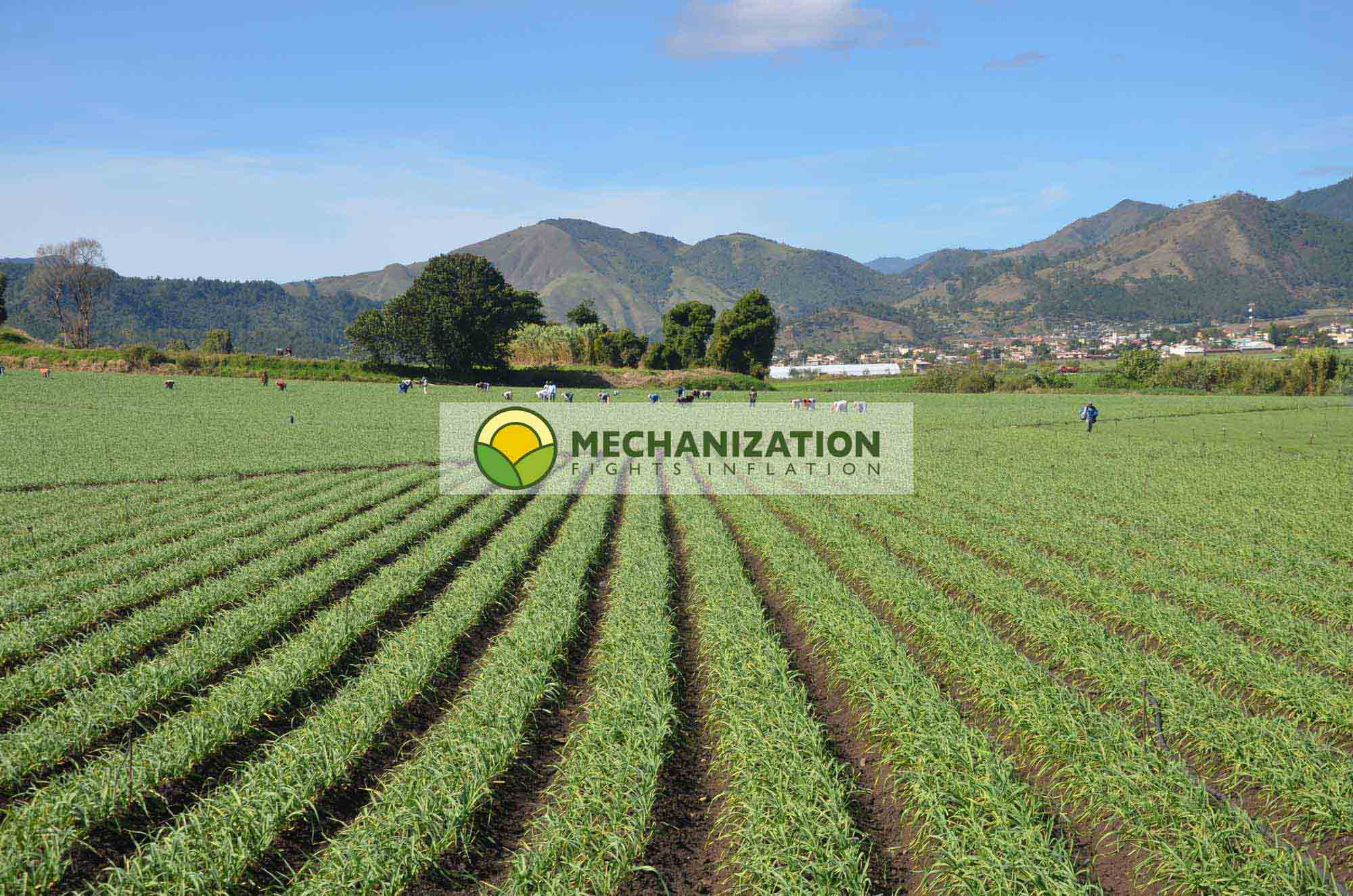Longidorus Elongatus
LinkExchange SearchMe WhatWeDo AboutUs Sitemap Next page Mythimna Unipuncta

Longidorus Elongatus and everything you need to know to detect, avoid and cure this plague.
Longidorus elongatus
1. Common name and scientific name, Pictures under green tabs at the left.
| Scientific name: | Longidorus elongatus (Man), (Hansen), |
|---|---|
| Synonyms: | Longidorus menthosolanus Longidorus sylphus |
| Common names: | Common needle nematode |
2. Geographical distribution
Longidorus Elongatus is a common nematode in many parts of the world. But it's very rarely found in onion fields.
3. Biological characteristics
Longidorus sp. are relative long and slender nematodes with a length of 4.5-6.4mm. Males are usually rare and reproduction is apparently parthenogenetic, although bisexual reproduction is possible in populations were males are common.
Longidorus elongates have four juvenile stages and overwinter as juveniles and adults in the soil. Eggs are laid in the spring and early summer when soil temperatures are cool and new roots are being produced. Females produce relatively few eggs- 20 per year. Needle nematode adults live for several years and may require more than a year to complete a generation. As temperatures rise and soil moisture levels decrease in the summer, needle nematodes move deep into the soil. They often rest 2 to 4 feet below the soil surface. During the fall, they move up to return to the root zones. It is best to sample for needle nematodes in the spring or fall (period November-March) when they are near the soil surface.
4. Parts to be damaged
L. elongates is a ectoparasite and only the nematodes' stylet penetrate the roots of the host plant. Instead of Ditylenchys dipsaci, an endoparasite of onions who live in the plant. L. elongates feed just behind the young root tips, causing a characteristic swelling or galling and a general stunting of the root system. When the roots are heavily infected water and nutrient uptake are not possible for the plant. Feeding of this needle nematode can result in serious stunting or death of young plants, but as described L. elongatus is rarely found in onions.
5. Damage period
Because, during warm and dry conditions the nematodes move deep in the soil (up to 60cm), infection change is highest in spring and fall. During the spring, onions can be infected, but in fall the onions are already harvested.
6. Economic impact
The ectoparasitic pathogen manifest only in the field on the roots of onions. During harvest, storage and processing soil is removed from the onions. Moreover during harvest the environmental conditions are not favorable for the needle nematode, and therefore it moves deep into the soil. Far beyond the range of harvesting equipment.
7. Investigation and monitoring system
Infections can be monitored during the field period with special attention for this nematode in spring. Patches with stunted plant are checked for presence of pathogens. Symptoms can be detected by looking to the root system of onions plants. By microscopic monitoring, the characteristics of pathogen are clearly different from D. dipsaci.
8. Control methods
Moreover, L. elongatus move deep into the soil, thus deep ploughing or chemical treatment are not very effective possibly.
Rotation to non-host crops is recommended to reduce population densities of common needle nematodes. Because these nematodes are often present in fairly low numbers and produce only few eggs, a year without a host plant may be sufficient to adequately reduce their numbers.
Next up: Mythimna Unipuncta
Pictures of this plague:

Longidorus Elongatus
or Common needle nematode

Longidorus Elongatus
or Common needle nematode
To mechanise your post harvest processes:
contact us:
Telephone:
+1 239 3002374
or use our (preferable)
our contact form
Address: Farm San Isidro, Volcán, Panama.

